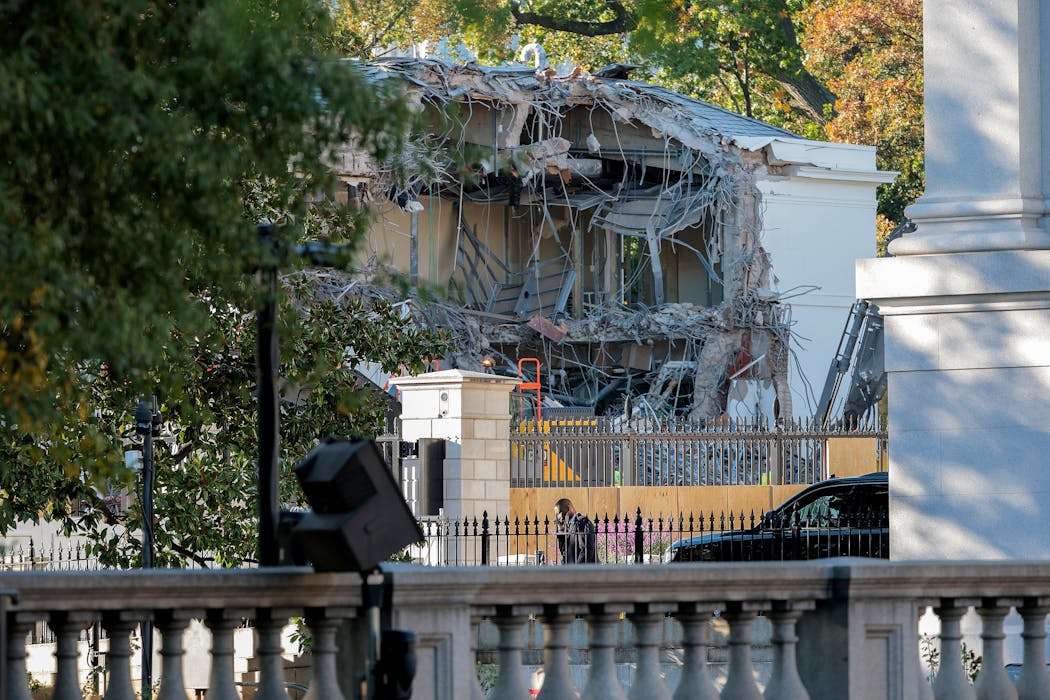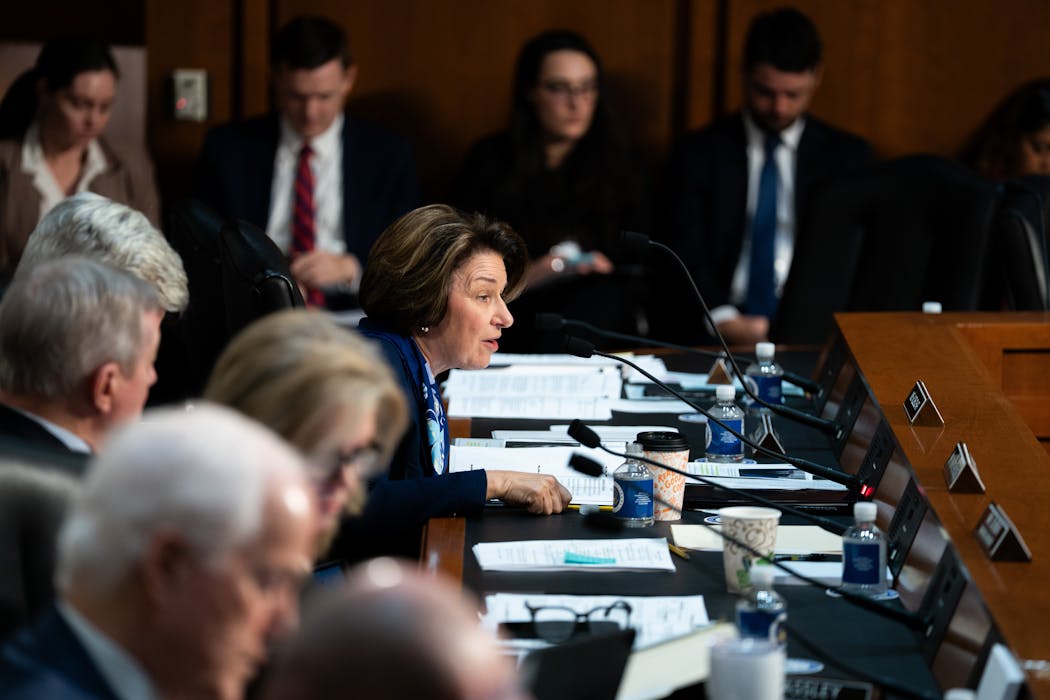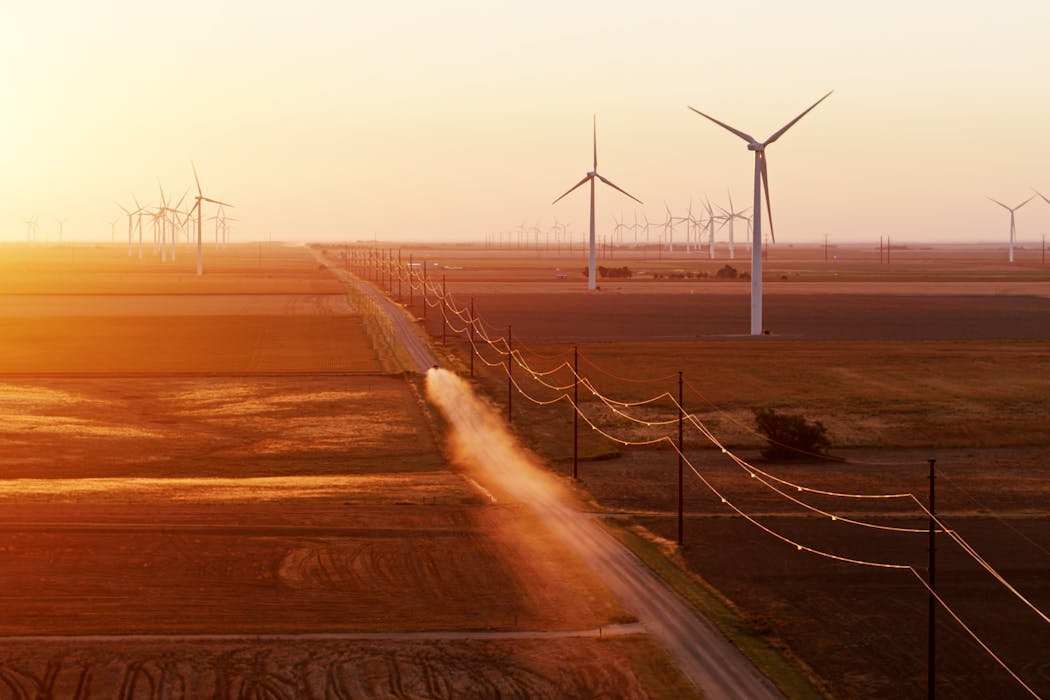Victorian budget has cash to splash on health, transport but new levies, job cuts, rising debt signal pain ahead
There was not a lot of cheer in the media reporting ahead of the 2025/6 Victorian budget released on Wednesday. Debt and deficits dominated the coverage.
All eyes turned to new treasurer, Jaclyn Symes, to see if in her first budget the Labor government was finally delivering some financial discipline.
That theme flowed into the press conference during the budget lockup, when journalists got to grill the treasurer about the budget papers. Symes copped a pasting. Journalists were clearly unhappy with what they had read and more unhappy about what they heard.
Yes, the operating side of the budget is projected to be back to a wafer thin A$600 million surplus. But that is almost $1 billion less than was promised when Symes delivered a budget update last December.
And all that infrastructure is to paid for by more borrowings, taking net debt to $167 billion, $10 billion more than it was last year.
And that was despite the government benefiting from a whopping $3.5 billion in GST grants from the Commonwealth, over $1 billion more than the previous year.
And it was despite a new fire and emergency services levy that is set to deliver an extra $600 million.
And it was also despite a 22% increase in fees and fines, and a $1.3 billion rise in unspecified government charges. And it is also based on banking $500 million of savings from an efficiency review led by former head of Premier and Cabinet Helen Silver, which won’t be finished until July at the earliest.
So where did that extra money go? Well, it paid for more than $6 billion of new services ($3 billion net of savings), and an extra $1.6 billion for new infrastructure, across all portfolios. This includes free public transport for seniors on weekends and free public transport for kids.
The big ticket item was health, which got an extra $2.5 billion. That came as a surprise given health copped a $1.5 billion cut in last year’s budget, after the government claimed the hospitals were still spending at pandemic levels and needed to rediscover efficiency.
That cut did not last long. Health services workers staged a short but effective campaign that forced the then new premier, Jacinta Allan, to buckle. The money was returned in December’s budget update.
The budget papers show the Victorian economy has been performing strongly post pandemic, with Victoria leading the nation in employment growth. The budget papers tip that strong performance will continue, despite the continued warnings that all that government debt will eventually force the economy to buckle.
The government argues rather than be criticised it should be applauded for a job well done.
It spent up big on infrastructure during the pandemic, which has delivered to the state remarkably strong economic performance. It also spent up big to protect Victorians from COVID.
It has a budget recovery plan and everything is on schedule. First employment had to grow, then we needed a cash surplus and now we have an operating surplus to add to it. Net debt in real terms will start to fall next year as the last step in a long-term plan.
It also points to the state’s balance sheet to highlight it has something to show for all that debt in the form of $437 billion in assets.
Victoria is not alone in running budget operating deficits during the pandemic. NSW and Queensland make happy bedfellows, but they are not as eye-catching because their levels of debt are much lower.
Victoria is also not alone as a state or provincial government that has a lot of debt. The Canadian provinces are also in that situation, with Quebec and Ontario leading the pack.
Then there are the German state governments. Their problem is not too much debt, but far too little, leaving them to grapple with not enough as well as crumbling infrastructure caused by a constitutional debt brake that is responsible for the mess, and which has recently been lifted.
Treasurer Symes delivered a budget that has disappointed those who wanted to see debt fall and for the government to at long last show some fiscal discipline. With the economy still doing quite nicely, and so many new announcements to glow in, Treasurer Symes will be quite happy to disappoint.
The political calculation here is simple: Victorians want services and aren’t worried if it is paid for by debt.
Whether that remains the case at next year’s state election due in November is another question. For this will have been Syme’s last real chance to have been more prudent, and just at that moment when the economy could have afforded it.
Authors: The Conversation














